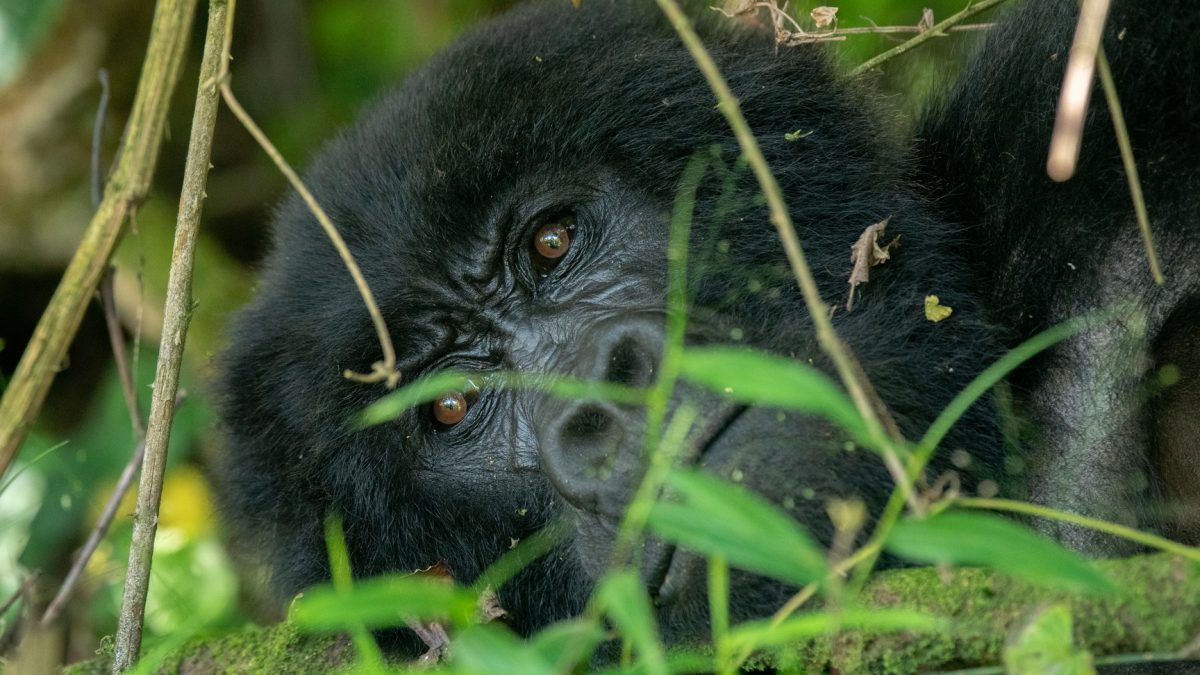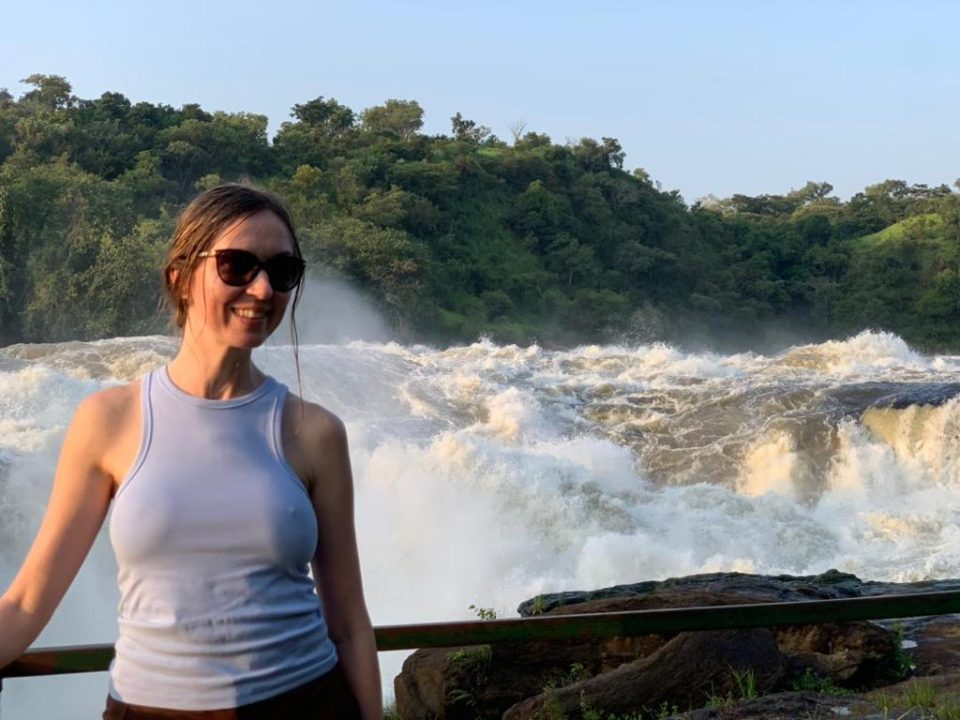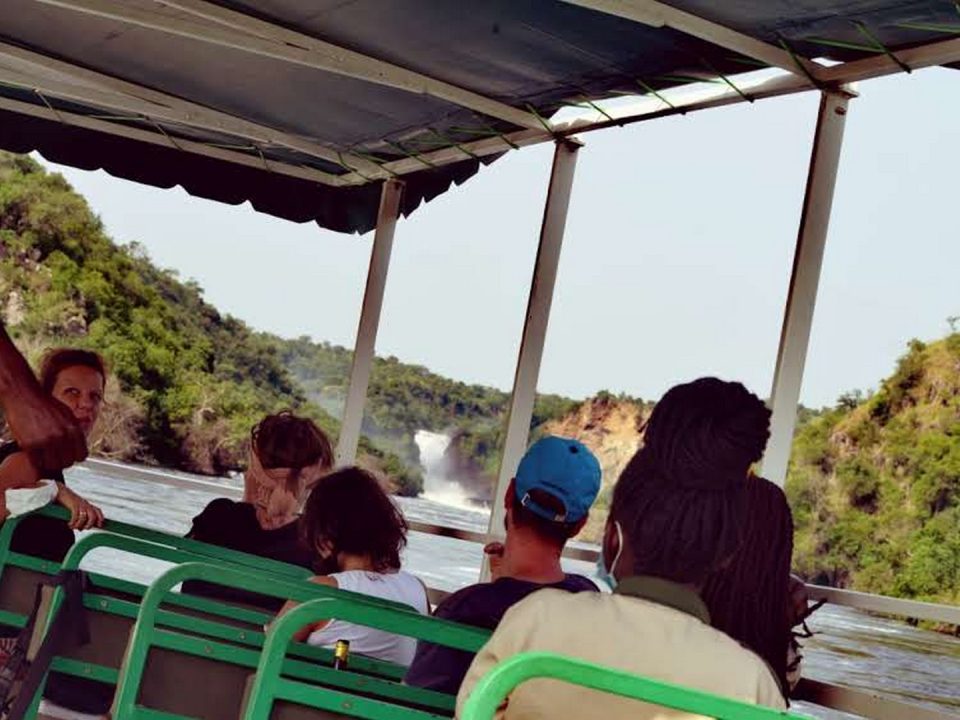
Is Uganda Safe for Gorilla Trekking?
February 23, 2025
How Do You Prepare for Gorilla Trekking?
February 23, 2025
How Many Days for Gorilla Trekking in Uganda?
A Complete Guide to Planning Your Gorilla Trekking Trip in Uganda by Deks Safaris & Tours Ltd.
Gorilla trekking in Uganda is one of the most extraordinary wildlife experiences in the world, offering trekkers the chance to witness the endangered mountain gorillas in their natural habitat. However, one of the key factors that determine the structure of your trekking adventure is how many days you should dedicate to the activity itself. Whether you’re looking to focus solely on the gorilla trek or want to incorporate other wildlife experiences and sightseeing, knowing how many days to spend on this adventure is crucial for creating an enjoyable and well-paced itinerary.
At Deks Safaris & Tours Ltd., we understand that planning a trip of this magnitude requires careful thought, and we are here to help you figure out the ideal duration for your gorilla trekking experience in Uganda. Below, we explore the key considerations that influence how many days you should spend on your trek, from trekking time to the additional experiences you may want to include.
The Length of the Trek
The Trek Itself – Duration and Intensity
Gorilla trekking itself typically takes one full day. The trek usually starts early in the morning after breakfast when trekkers meet their guides at the park headquarters. From there, the group begins the hike through the forest in search of a habituated gorilla family.
The time it takes to locate the gorillas can vary greatly, depending on factors such as the terrain, weather, and how far the gorillas have moved from their previous location. On average, trekkers may spend between 3 to 6 hours hiking to find the gorillas, though it could be shorter or longer. Once the gorillas are located, trekkers are allowed to spend one hour observing and interacting with them, taking photos, and learning about their behavior and conservation efforts.
The trek can be physically demanding, with uneven terrain, steep inclines, and muddy paths. Trekkers should be prepared for the possibility of a long day of hiking, but the reward of seeing the gorillas is unparalleled. Although the trek itself lasts a day, the experience can be emotionally and physically exhausting, so it’s important to factor in rest and recovery.
Rest and Recovery Time
Given the nature of the trek, it’s a good idea to schedule at least one full day of rest after your trekking experience, especially if you plan to trek in the mountainous regions like Bwindi Impenetrable National Park or Mgahinga Gorilla National Park, which involve steep hiking trails.
If you’re visiting Uganda for gorilla trekking only, one day might suffice for the actual trek. However, if you’re considering other activities or wish to recover from the physical exertion of the trek, it’s wise to plan additional days.
Travel Time and Logistics
Getting to the Trekking Areas
Most gorilla trekking experiences in Uganda take place in Bwindi Impenetrable National Park or Mgahinga Gorilla National Park, both located in the southwestern corner of the country. The journey to these parks from Kampala (Uganda’s capital) typically involves either a long road drive (ranging from 8 to 10 hours) or a shorter flight to Kisoro or Kihihi airports, followed by a road transfer.
This travel time should be factored into your trip itinerary. If you’re flying into Uganda, you’ll need to allocate at least two additional days for traveling to and from the trekking area. You can take a flight to Kisoro or Kihihi, and from there, take a short drive to your lodge. For those traveling by road, an overnight stay in either Kampala or a nearby town may be necessary before embarking on the journey to the trekking regions.
Rest Days for Comfort and Adjustment
If you’re traveling a long distance, it’s advisable to spend an additional night in the region before your scheduled trek to adjust to the altitude and recover from the long journey. The trekking areas are located at higher altitudes, and being well-rested and acclimatized will help you get the most out of your trek.
Other Activities to Include in Your Itinerary
While the main draw for many visitors to Uganda is gorilla trekking, there are other incredible experiences that can enhance your trip, making it more memorable. The country offers a range of activities that can be incorporated into your itinerary, and adding a few extra days can enrich your experience.
Wildlife Viewing and Safari Tours
Aside from gorilla trekking, Uganda is renowned for its diverse wildlife, and many visitors choose to extend their stay to include safari tours. Popular parks like Queen Elizabeth National Park, Murchison Falls National Park, and Kibale Forest National Park offer excellent opportunities to see other wildlife, including lions, elephants, buffaloes, chimpanzees, and a variety of bird species.
You can also take a boat cruise on the Kazinga Channel in Queen Elizabeth National Park to spot crocodiles, hippos, and other animals along the water’s edge. A few days of safari can complement your gorilla trekking experience, allowing you to see a broader range of wildlife in Uganda.
Cultural and Scenic Tours
In addition to wildlife experiences, Uganda offers rich cultural encounters. You can visit local communities near the national parks and learn about their way of life, traditional crafts, and customs. Some lodges offer cultural performances, and you may even have the chance to participate in traditional cooking classes.
The landscape around the trekking regions is equally breathtaking, with mountain views, waterfalls, and dense forests. You can spend a day exploring the scenic beauty of Bwindi and the surrounding area, which adds to the overall experience.
Other Trekking Experiences
If you’re up for additional adventure, Uganda offers trekking opportunities beyond the gorilla trek. You can visit Mount Rwenzori National Park for a mountain hike or explore the Volcanoes of Mgahinga. These activities are ideal for nature lovers and adventure seekers who want to add more exploration to their itinerary.
Suggested Itinerary for Gorilla Trekking
If you’re wondering how many days you should dedicate to your trip, here’s a suggested itinerary for a comprehensive and well-paced experience:
Day 1: Arrival in Kampala or Entebbe
- Arrive in Uganda, and take time to rest and adjust to the time zone.
Day 2: Travel to the Trekking Region
- Depart for Bwindi or Mgahinga, with either a full-day road transfer or a domestic flight to nearby Kisoro/Kihihi.
Day 3: Gorilla Trekking
- The main event: your one-day gorilla trek! This will include meeting with your guide and trekking through the forest to find your gorilla group.
Day 4: Rest or Optional Activities
- Take the day to relax or participate in other optional activities, such as a community visit or scenic walk.
Day 5: Travel back to Kampala
- Return to Kampala or Entebbe via road or air for departure.
Day 6 (Optional): Additional Wildlife Safari
- If time allows, add a short wildlife safari in Queen Elizabeth or Murchison Falls for a more rounded Uganda adventure.
Conclusion: Planning Your Gorilla Trekking Adventure
In conclusion, the ideal length of your gorilla trekking trip in Uganda depends on several factors, including how much time you can dedicate to the trek itself, the additional experiences you wish to include, and the travel logistics. While the trek itself only takes one day, it’s advisable to plan for a minimum of 3 to 5 days to ensure a well-paced and fulfilling experience.
By working with Deks Safaris & Tours Ltd., we can customize your itinerary to ensure that your gorilla trekking experience is both enjoyable and memorable, taking into account your preferences, interests, and time constraints. Whether you’re interested in a quick, focused trek or a more extended adventure that includes safari tours and cultural experiences, we will tailor your trip for maximum satisfaction





